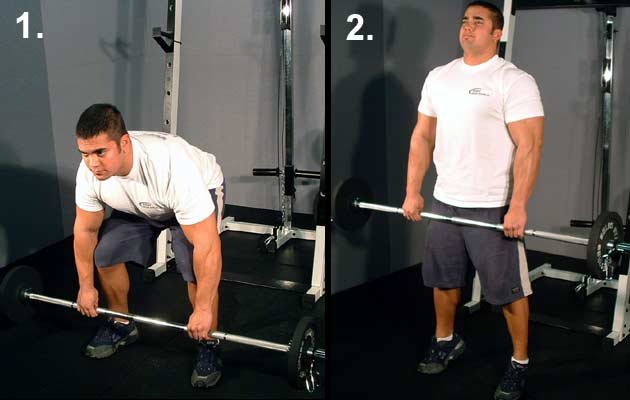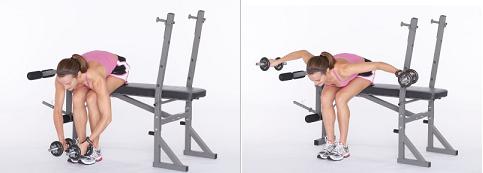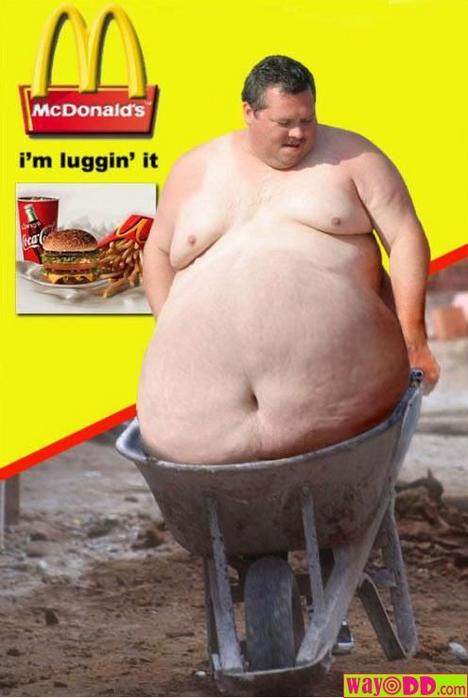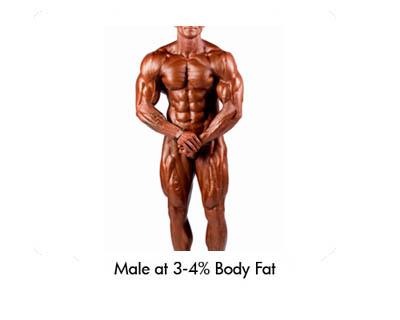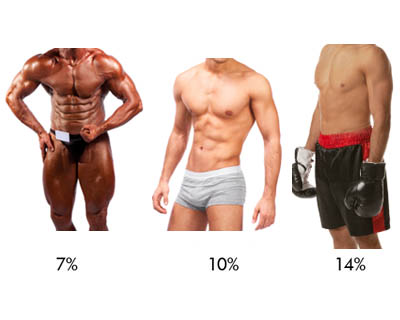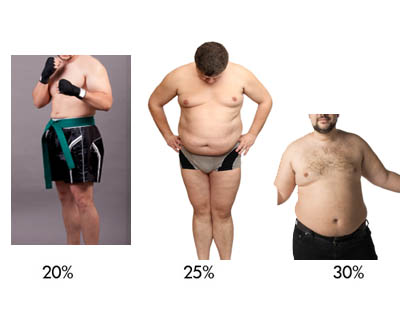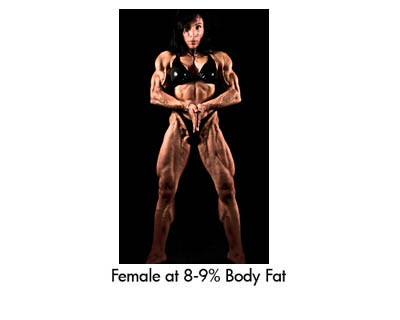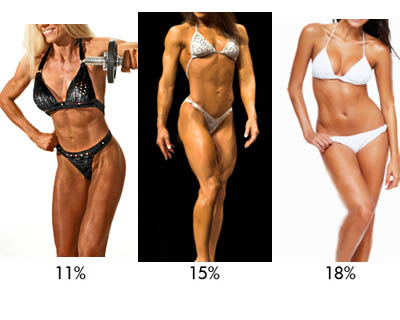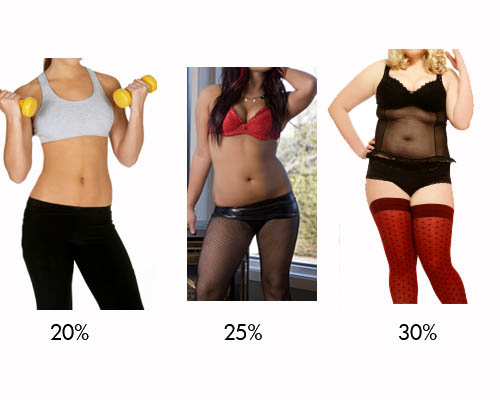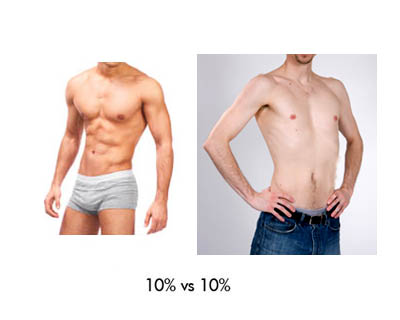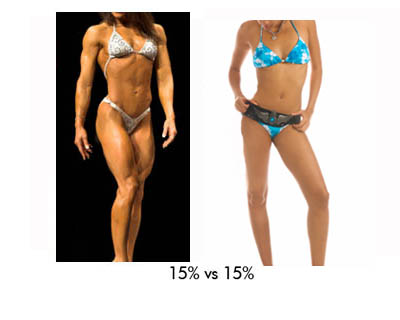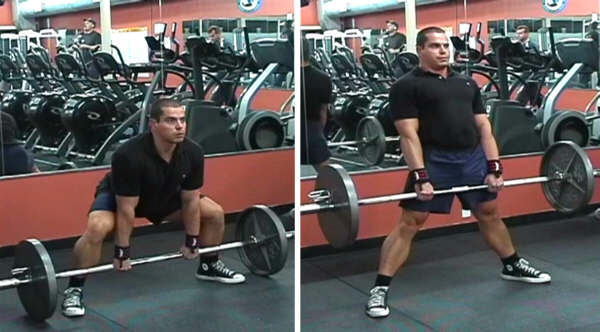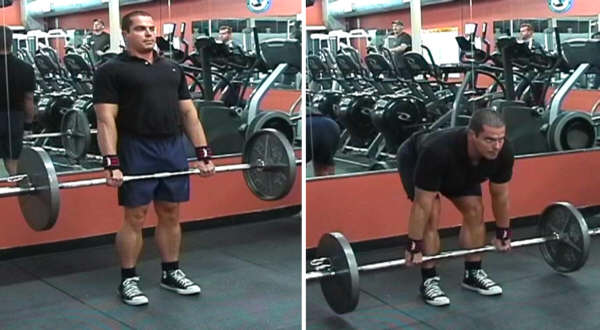When you see a picture of Dwight Howard the first thing most people notice are his mammoth shoulders. They're hugeeeeeee! Not only are they huge, but they're also extremely uncommon. Shoulders are one of most neglected body parts by both gym noobs and experienced weight-lifters. Why? Well, because they're not typically thought of as one of the "glamour" muscles like the biceps, chest, or abs. People crave washboard abs, sleeve-bursting biceps, and a hulking chest...but what about cannonball shoulders? Not so much.
I personally think the shoulders should be a point of emphasis. Strong shoulders offer so many benefits, both cosmetic and strength-related. The reality is that bigger shoulders will accentuate your biceps and triceps, as well as give your arms an overall larger, more defined look. Big shoulders will also make your back appear much wider. Not only that, but building strong shoulders will improve your bench press, deadlift, squat, and row. The result? Every other body part will get bigger and stronger too.
Anatomy
Your shoulders, or deltoids, are made up of three muscle heads. In order to build full, cannonball-like shoulders it's critical to follow a routine that works all three heads. The rotator cuff muscles (the SITS muscles - supraspinatus, infraspinatus, subscapularis, and teres) and upper trapezius are also associated with the shoulder, but I won't go into depth about those two muscle groups here. The three parts of the deltoid are:
- Anterior/Front Deltoid (middle) - The anterior deltoid connects to the top/side of your chest. Developing the front head creates definition between the shoulder and chest and gives it the rounded look in the front.
- Lateral/Middle Deltoid (right) - The lateral deltoid connects to your biceps and triceps. Building the lateral deltoid adds width to your arms and create a triangular look at the top of your arms. It rests above the biceps and triceps.
- Posterior/Rear Deltoid (left) - The posterior deltoid forms the back part of your shoulder. Building the posterior deltoid will add width to your back and give your upper body and arms a much larger look from the rear. It connects into the infraspinatus, triceps, and upper trapezius.
Rest 45 seconds between sets.
1. Barbell / Dumbbell Clean and Press - 3 sets, 8-12 reps. Start by picking up a barbell/dumbbell with an overhand grip (palms facing your body) and holding it by your waste. Using your shoulders and arms pull the weight upwards and push it overhead. The second part of the movement, the overhead press, is the same motion as a military press (shoulder barbell press). This is a great exercise for building overall explosive power, burning fat, and really hitting the anterior and lateral deltoid muscles.
2. Lateral Raise w. External Rotation - 2 sets, 8-12 reps. Hold dumbbells in both hands and simultaneously raise both arms straight out to the side of your body. As you approach shoulder height twist your hands so that your palms are facing behind you (instead of down at the floor like in a regular lateral raise). Hold momentarily at the top and then lower the weights back to your body under control. This variation of the traditional lateral raise is more difficult and hits both your lateral and rear deltoids simultaneously.
Note: the picture shows a traditional lateral raise. Remember to twist your hands at the top.
3. 1-Arm Dumbbell Snatch - 2 sets, 12 reps per arm. Start in a high squat position holding a dumbbell in between your legs. Explode upwards and swing your arm overhead (there is no pushing involved). Lower the weight slowly back to the starting position and repeat. This is a high-intensity, fat blasting exercise that builds total body explosiveness and your anterior/lateral deltoids.
4. Reverse Flies - 2 sets, 8-12 reps. This is primarily for the rear deltoid. Sit on a bench with your torso bent forward so that your chest is facing the floor. Squeeze your shoulder blades together and raise both of your arms out to the side of your body. Hold momentarily at the top, return to the start, and repeat.
5. Arnold Press - 2 sets, 8-12 reps. This one's named after Arnold Schwarzenegger. This is a great exercise because it hits all three heads of the shoulder in one simple movement.Start by holding two dumbbells in front of your chest, palms facing inward. As you raise the dumbbells flip your arms over (so that your palms are facing outward) and do a regular shoulder press. On the way down rotate your forearms back to the original position and repeat.





